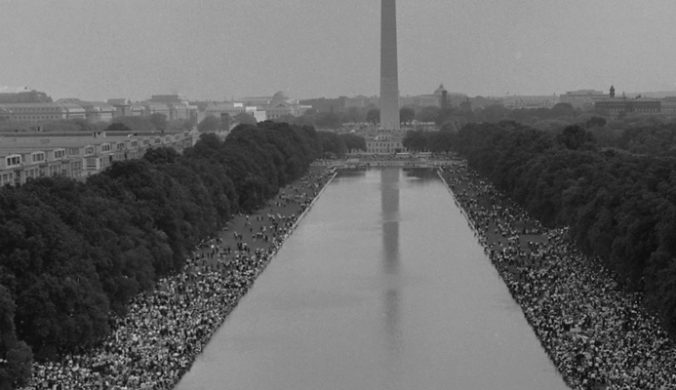What is Groundhog Day?
At the beginning of February, during the grayest doldrums of late winter, the noble groundhog takes its place in the national spotlight.

At the beginning of February, during the grayest doldrums of late winter, the noble groundhog takes its place in the national spotlight. According to American folk tradition, February 2nd is the day designated for the groundhog to awake from its hibernation and venture outside. If the groundhog sees its shadow, then winter will be prolonged by six more weeks. If it does not, then spring will arrive early.
Hog Holiday History
The weather was hugely important to our ancestors. A much larger portion of the population were famers, and their work schedules depended on knowing when weather patterns were going to change. The tradition of observing animals to forecast the weather has a long tradition in northern and western Europe. February 2nd lies about halfway in-between the winter solstice and the spring equinox, and as such, is marked by feast days in both pagan and Christian traditions – Imbolc and Candlemas, respectively. Folk wisdom dictated that clear weather on this day is a sign of a protracted winter, whereas cloudy weather foretells an early spring. The cloudiness of the weather was judged by whether animals cast a visible shadow.
By most accounts, Groundhog Day’s roots trace to German settlers in Pennsylvania. In their homeland, the traditional weather-forecasting animals were badgers and hedgehogs; however, finding a relative dearth of these animals in America, they settled on the native groundhog, which also hibernated. The very first recorded news reports of Groundhog Day observance were written in the Punxsutawney Spirit newspaper in Punxsutawney, Pennsylvania, in 1886, though other documentary evidence proves that the tradition was observed far earlier. Clymer Freas, the editor of the Spirit, is credited with making the day a popular tradition, commemorating the first “official” Groundhog Day in 1887.
Today's Celebrations
The largest and best-known Groundhog Day celebration still takes place in Punxsutawney. It regularly draws crowds in the tens of thousands (many times more than the population of the town itself!) and millions of viewers on television and the Internet. A substantial body of lore and tradition stands in association with this ceremony. Groundhog Day festivities are organized by the Punxsutawney Groundhog Club Inner Circle, who wear top hats and tuxedos for the event. Two scrolls are prepared, for the eventuality of a short or long winter; the hog of the hour, “Punxsutawney Phil,” tells the president of the Groundhog Club which scroll to read. (He can understand groundhog language through his possession of a magic cane).
Although Punxsutawney’s is the most famous, several other cities have their own clairvoyant rodents, including New York; Washington, D.C.; and Lilburn, Georgia. The holiday is even celebrated in Canada, with Ontario, Nova Scotia, and Quebec each in possession of a treasured hometown hog.


